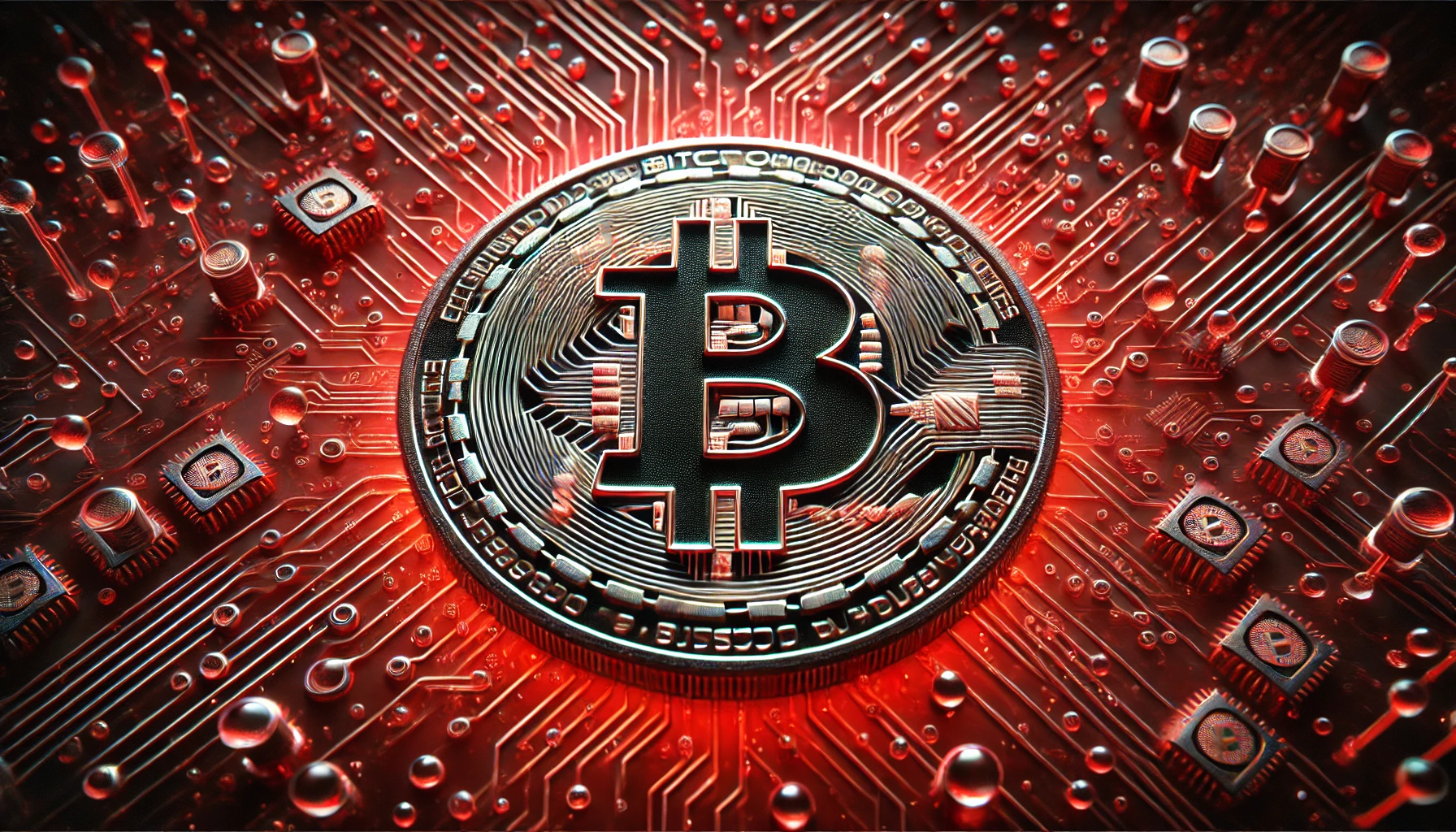This article explores the recent surge in Shiba Inu’s (SHIB) burn rate, which has skyrocketed by 4,411%. It discusses the potential impact on SHIB’s price and the factors contributing to this dramatic increase.
Points
- SHIB’s burn rate has increased by 4,411%, significantly reducing the circulating supply.
- Despite the burn rate surge, SHIB’s price has not yet shown a strong positive reaction.
- The burn mechanism is intended to increase the value of SHIB by reducing its supply.
- Investors are cautiously optimistic about SHIB’s price stability in the future.
- The long-term impact of the burn rate on SHIB’s price remains to be seen.
Shiba Inu (SHIB), one of the most popular meme coins in the cryptocurrency market, has recently experienced a dramatic surge in its burn rate. The burn rate, which refers to the number of tokens permanently removed from circulation, has increased by an astonishing 4,411% over the past 24 hours. This significant reduction in the circulating supply is part of an ongoing effort to increase the value of SHIB by making the remaining tokens scarcer.
The concept behind the burn mechanism is straightforward: by reducing the total supply of a token, the value of the remaining tokens should theoretically increase, assuming demand remains constant or rises. This deflationary approach is commonly used in the crypto world to help boost the value of a coin over time.
However, despite this massive increase in the burn rate, SHIB’s price has not yet shown a substantial positive reaction. The token’s price remains slightly lower than its recent trading levels, causing some concern among investors. As of the latest data, SHIB is trading below the $0.00001427 mark, which it held before the recent burn.
This situation highlights a key challenge with burn mechanisms: while they reduce supply, they do not directly influence demand. For SHIB’s price to experience a significant rise, there needs to be a corresponding increase in demand, which can be driven by various factors such as broader market trends, new developments in the SHIB ecosystem, or increased adoption.
The recent burn rate surge is still a positive sign for SHIB holders, as it demonstrates the ongoing efforts to enhance the token’s value. Investors are cautiously optimistic that, over time, this reduction in supply will contribute to a more stable and potentially higher price.
Looking forward, the impact of the burn rate on SHIB’s price will largely depend on the broader market dynamics and how effectively the SHIB community can drive adoption and demand for the token. While the current price reaction has been muted, the long-term effects of a sustained high burn rate could still play a crucial role in shaping SHIB’s future.
解説
- Understanding SHIB’s Burn Mechanism: The burn mechanism is designed to create scarcity by reducing the total supply of SHIB tokens. This strategy is based on the economic principle that a decrease in supply, combined with steady or increasing demand, should lead to an increase in price. However, the immediate impact on SHIB’s price has been limited, indicating that other factors, such as market sentiment and demand, are also at play.
- The Role of Market Sentiment in SHIB’s Price: While the burn rate is an important factor, market sentiment plays a significant role in determining SHIB’s price. The recent surge in the burn rate may have helped stabilize the price, but broader market trends and investor confidence are crucial for driving significant price increases. As the cryptocurrency market evolves, keeping an eye on these factors will be essential for SHIB investors.
- Long-Term Implications for SHIB: The long-term success of SHIB’s burn strategy will depend on its ability to maintain high burn rates and drive demand for the token. As more tokens are burned, the reduced supply could lead to higher prices, but this will require sustained efforts from the SHIB community and favorable market conditions. Investors should consider both the immediate and long-term factors when assessing SHIB’s potential.
